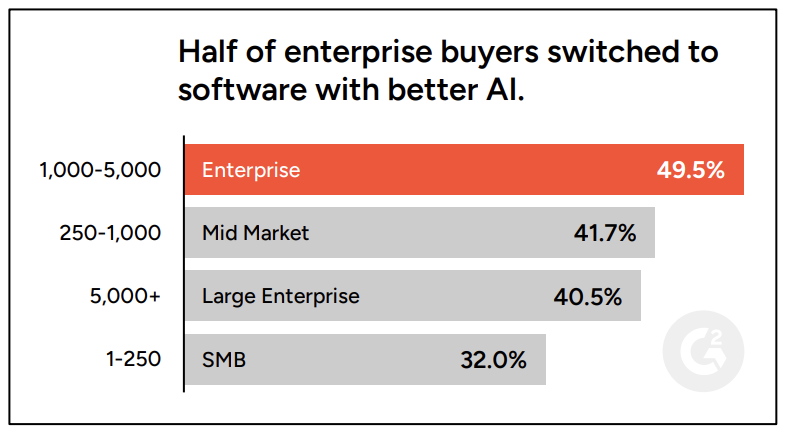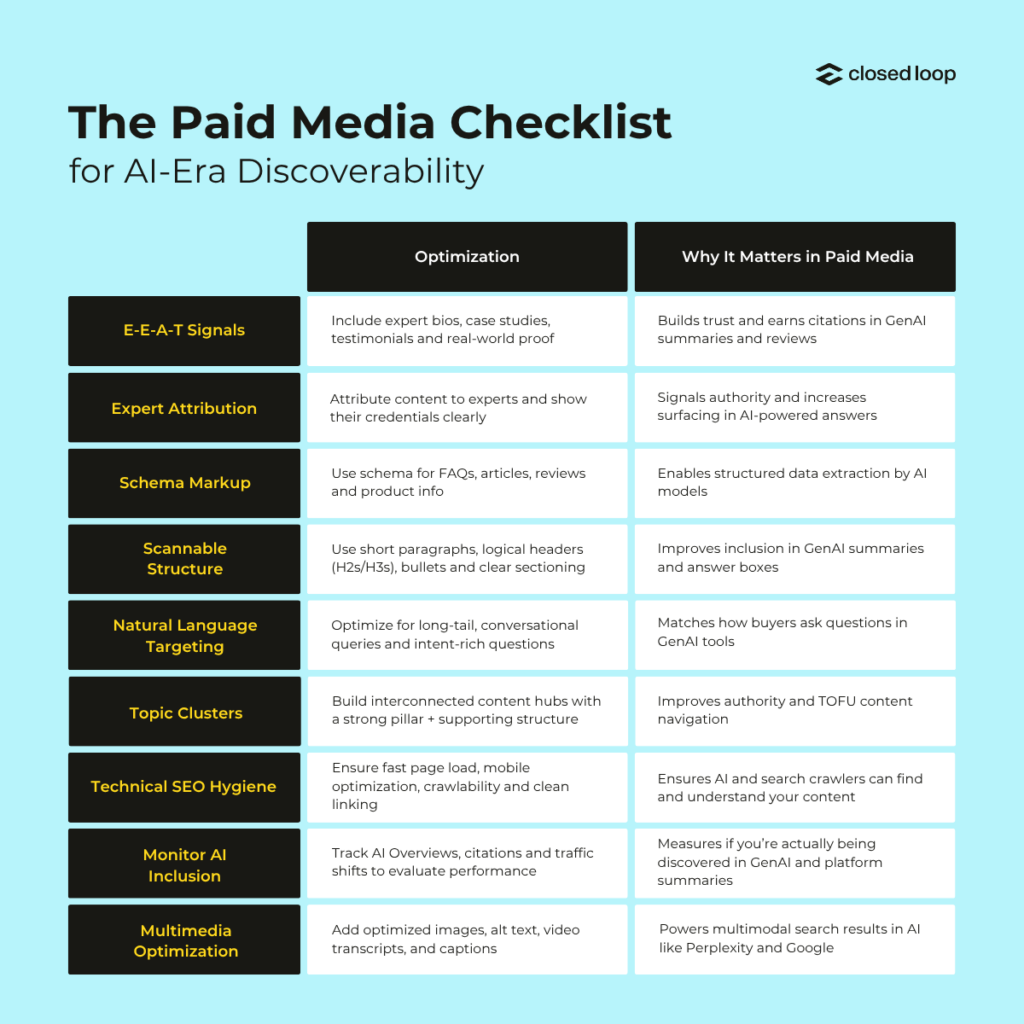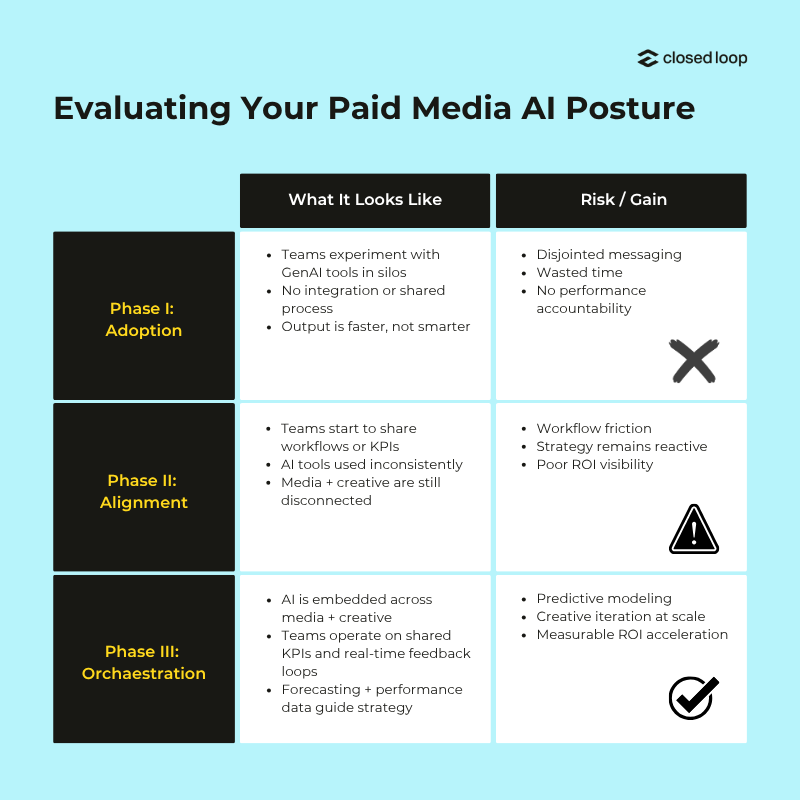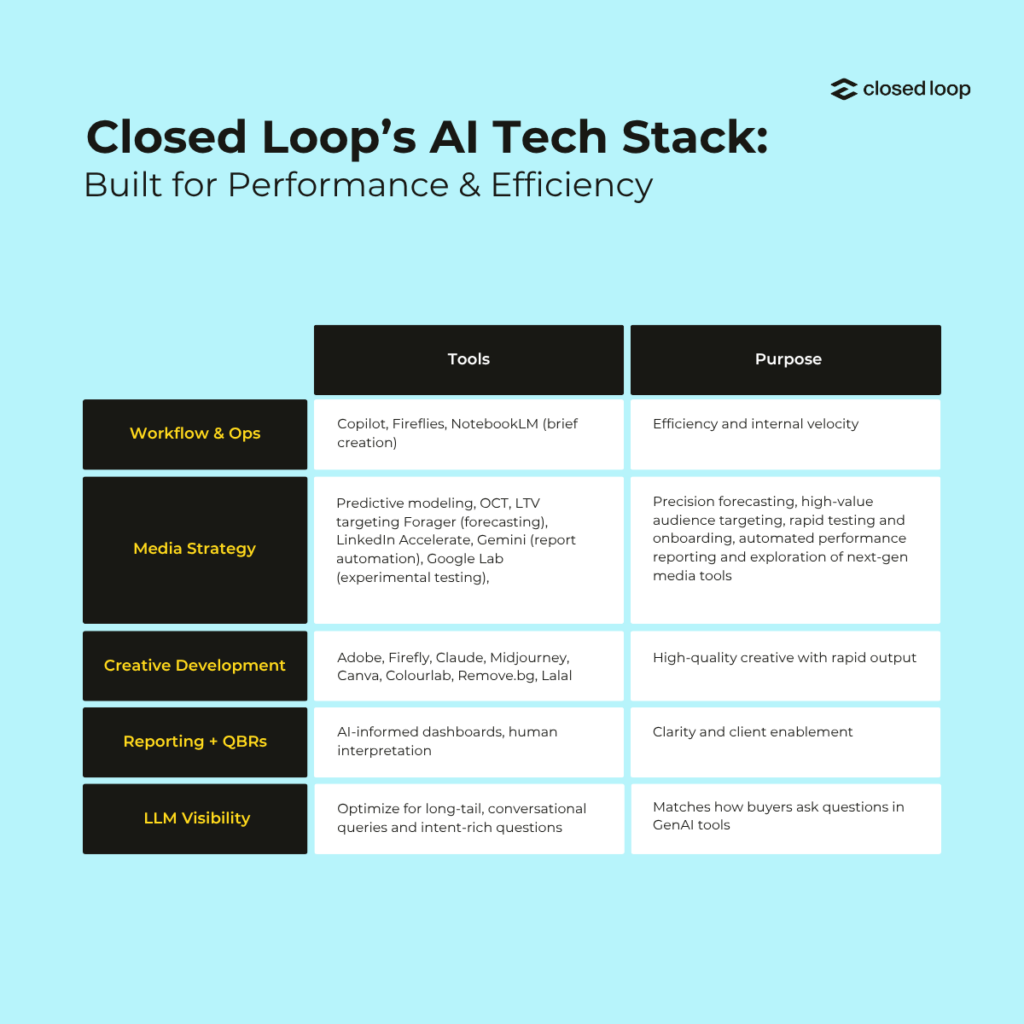
You’re Ignoring 95% of Your Buyers. Here’s How to Fix That.
95% of your buyers aren’t ready to purchase today. If your strategy only targets the 5% in-market, you’re ignoring the majority of your buyers.. Here’s how to fix that with full-funnel planning.








